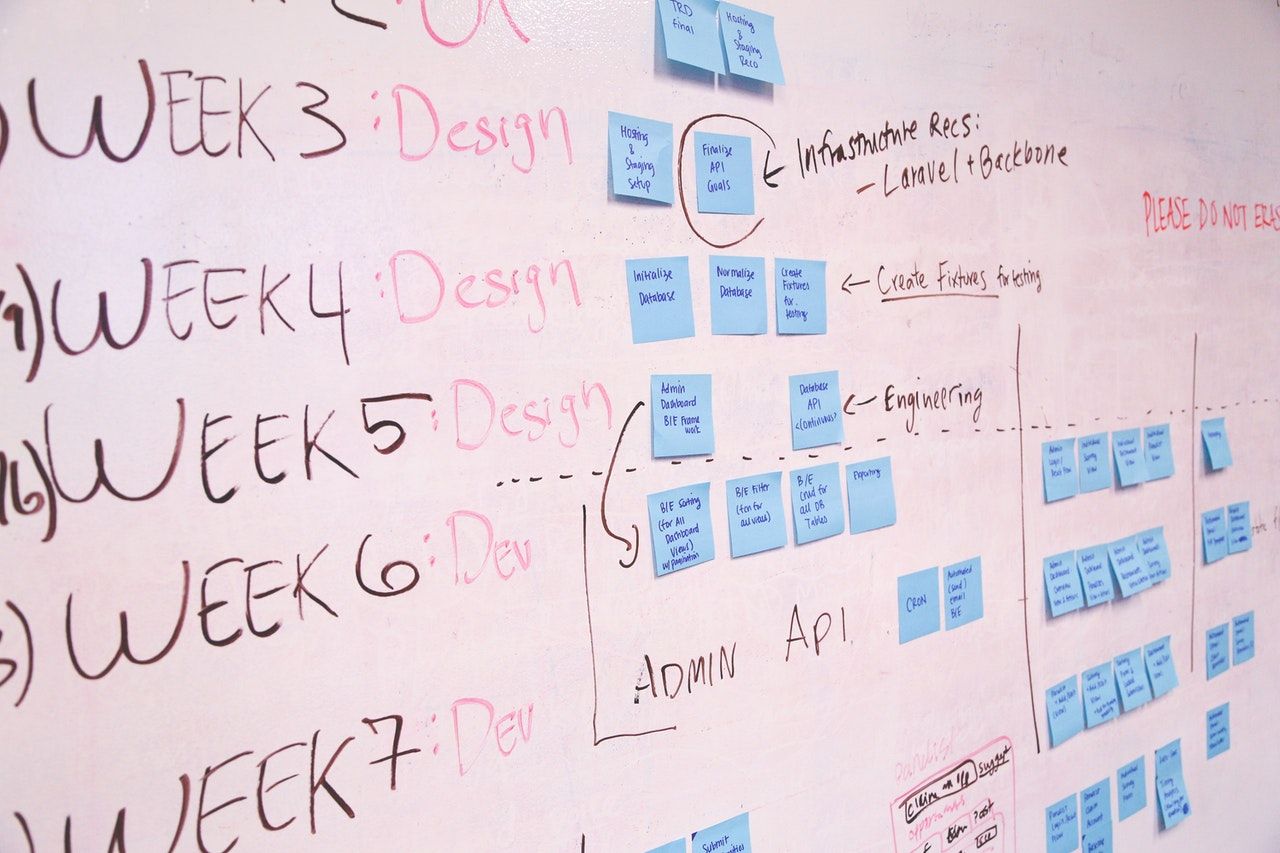Meetings are a necessary evil for many. There is still no better way than a meeting to get a group of people together and make a decision in a short period of time. Yet, many of us dislike meetings. This is in part because many meetings are unstructured, leading to discussions that go off-track and people seeing them as time-wasters.
Another reason is because meetings tend to be one-directional. One person talks to the entire group who are just listening passively. When run properly, structured, collaborative meetings can produce a lot of synergy.
Incidentally, great products are built from the collaboration between product, UX, and engineering. While not always necessarily so, product managers are the ones responsible for facilitating this effective collaboration in many organizations.
Well-structured meetings are a secret weapon that product managers should utilise.
Bigger groups need more structure
As the size of the group increases, so does the need for having more structure in a meeting. Discussions tend to go off-track, and the probability of this goes up with more people in the meeting. The effects of personality traits also becomes more pronounced. Extroverts will do more of the talking whille the more introverted participants may find it harder to share their views, or even choose not to.
Adding the right structures into our meetings can help level the playing field and give everyone an equal chance for their voices to be heard. They can also encourage more participation from everyone. Everyone takes more ownership of the meeting and results in better collaboration ultimately.
This was a problem I ran into with my team as we more than doubled in size over the year. In the beginning, it was very easy for us to get together as a small group to discuss about issues. Everyone was engaged, and discussions were productive. As new members joined our team, the level of context started to vary between members. It became much harder to scale that level of productivity we had in our initial meetings across a larger group.
After having some positive experiences with Design Sprints, I realized that the reason why they are so effective is because there are a lot of tools and rituals used in Design Sprints to facilitate effective collaboration. Some of these are also relevant for running productive meetings.

What we can apply from Design Sprints
Having a shared context of the problem
The first day of a Design Sprint is spent on helping the team understand the problem and business objectives. This is usually done with the help of lightning talks, and journey mapping exercises.
Lightning talks are likely not feasible for most meetings, but the first principles behind of making sure every meeting participant has context of the meeting agenda is more important.
Every meeting should have a few minutes allocated at the start to go through the agenda, and provide the necessary context to all the participants. Even better would be to have the agenda defined and relevant pre-meeting prep information made available to everyone before the meeting.
Involve everyone with Post-it notes
Post-it notes are used extensively during the various stages of the sprint to capture feedback and ideas from everyone. Everyone here has the opportunity to write down their ideas and talk about them later. Similar ideas sometimes come out from different people. They can be grouped together, allowing themes to emerge.
Everyone writing their ideas down on Post-it notes also has the added value of information archival without additional effort. Grouping into themes lets us have a high-level overview quickly and to then drill into the specific themes as needed.
If you're working remotely, there are great tools out there like Jamboard and Miro that facilitates this Post-it notes idea capturing process virtually.
Voting for dots
They're a fantastic way to highlight ideas and achieve group consensus. Dot voting can be used together with Post-it notes. After all the ideas have been shared and presented, everyone gets 3 votes in the form of dots.
In many cases, there is a key decider, usually the product manager, that makes the final decision after hearing all the ideas and seeing the voting results. The key decider should of course be the person that is most relevant in making that final decision.
Timeboxing
You may have heard of the Parkinson's Law, expressed as "work expands so as to fill the time available for its completion". This is also true for discussions. Left unchecked, discussions can go deep down the off-topic rabbit hole.
Set a time limit for all events during the meeting to keep everyone's focus on the main objectives of the meeting. Any interesting topics that get surfaced can be further discussed and followed up on at a later avenue.
Conclusion
These tools can help us add some structure to our meetings and allow for better collaboration. However, the basic principles of effective meetings are still relevant. Unnecessary meetings should be avoided if better alternatives exist. Meetings should always be created with an outcome in mind. Everyone should have a clear idea of the agenda, and walk away from the meeting knowing what the follow up action items are.
By involving everyone in the meeting better, more perspectives can be heard, and better ideas can be shared. This helps us as product managers to ensure even higher quality in our products.